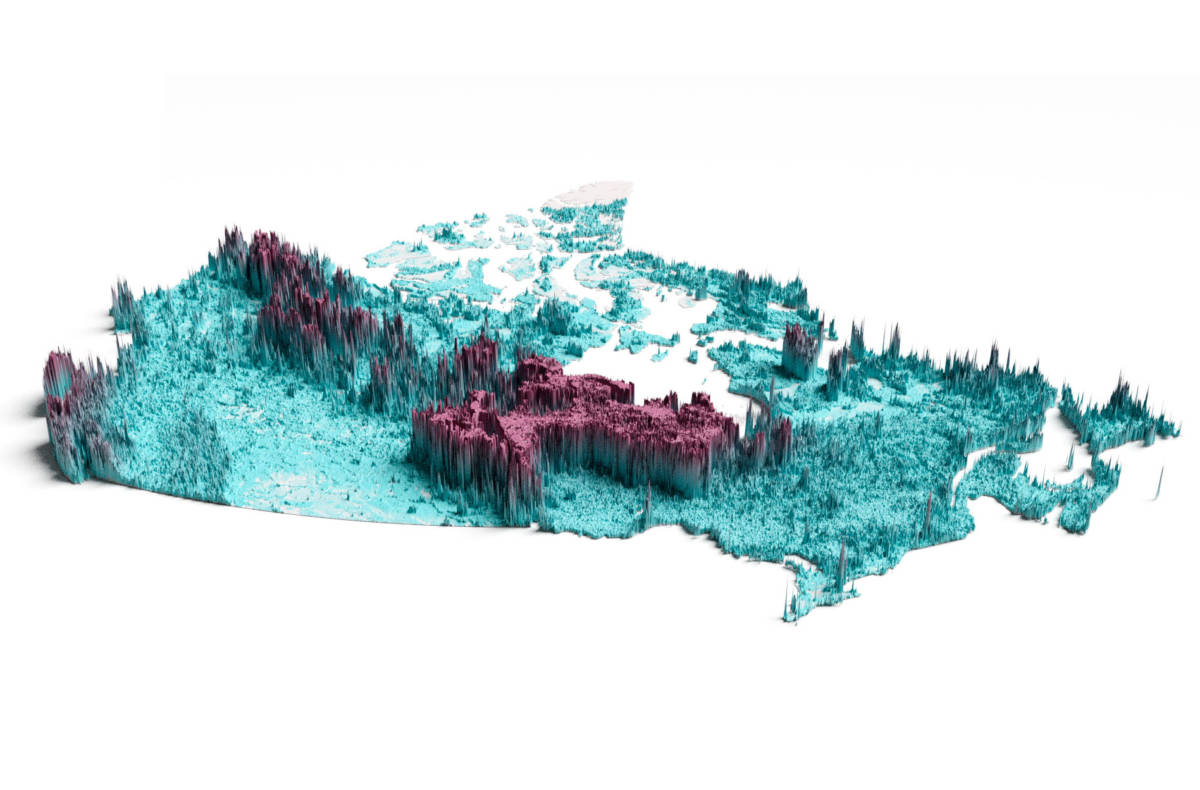A new study by WWF-Canada, in collaboration with McMaster University’s Remote Sensing Lab, has uncovered fascinating new details about how much carbon is stored in Canada’s landscapes.
The Globe and Mail published a visual feature showcasing this incredible work, What lies beneath: Exploring Canada’s invisible carbon storehouse.
The results show that Canada’s terrestrial ecosystems store over 400 billion tonnes of carbon — the equivalent to about 30 years of human-caused global greenhouse gas emissions at 2019 emission levels.
Beyond the stunning amount of carbon found, the study also revealed where this carbon is stored. What may be surprising is that only 5% of Canada’s carbon is stored above ground in what we can easily see (trees, other plants, dead plant material and roots), with the remaining 95% found below ground in the top one metre of soil. Regions of particular carbon significance include the Hudson Bay and James Bay Lowlands, British Columbia’s coastal rainforest, and Canada’s boreal forest — all areas that are home to Indigenous communities who have stewarded the land since time immemorial.
This comprehensive analysis has critical implications for our fight against climate change and biodiversity loss.


